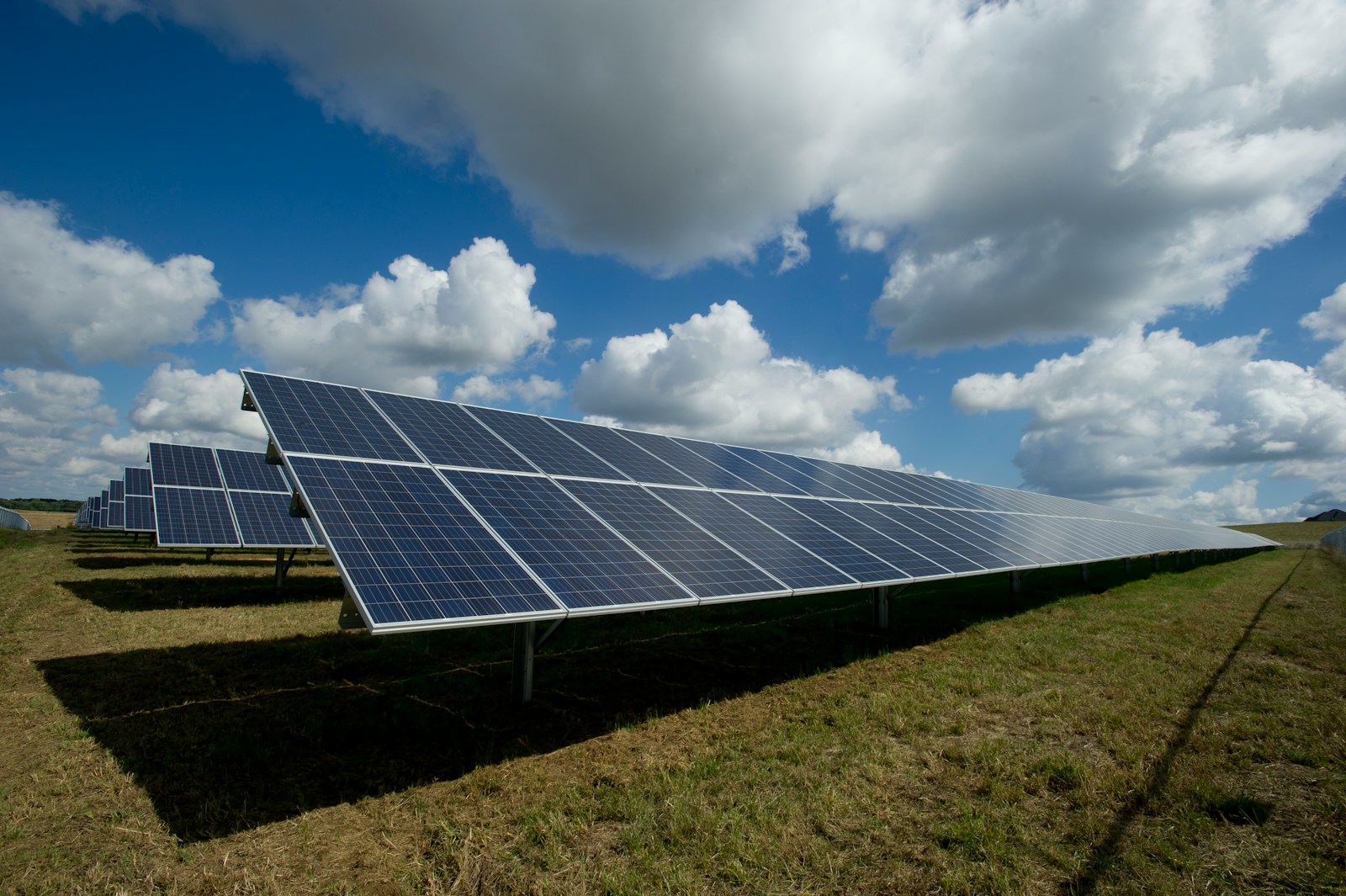Key Takeaways:
- The U.S. faces a high risk of power blackouts and brownouts this summer due to extreme heat and strained grids.
- Electricity demand is rising fast, driven by growth in tech, crypto mining, and manufacturing.
- Renewable energy sources like wind and solar are expanding but are unreliable during peak demand.
- Coal plants are being kept online to prevent blackouts, despite environmental concerns.
- Building new power infrastructure is becoming more expensive and challenging.
Summer Heat Wave Could Cause Widespread Power Outages in the U.S.
As temperatures rise this summer, so do concerns about the nation’s power grid. Experts warn that many parts of the U.S. could face blackouts or brownouts, especially during heatwaves. But why is this happening, and how can we avoid it?
Why the Power Grid Is Under Stress
The U.S. power grid is struggling to meet growing electricity demand. Over the past decade, demand for electricity remained flat, but now it’s projected to soar by 50% in the next 10 years. This surge is fueled by expanding industries like:
- Tech and Data Centers: Server farms and artificial intelligence systems require massive amounts of power.
- Crypto Mining: Bitcoin and other cryptocurrencies consume enormous energy to operate.
- Manufacturing Revival: As factories reopen, they draw more power from the grid.
However, the construction of new power plants, especially those that provide consistent energy (like natural gas, nuclear, and coal), has dropped significantly. Instead, wind and solar farms have taken center stage, driven by government incentives. While these renewables are cleaner, they’re also unreliable because they depend on weather conditions.
The Coal Plant Debate
Coal plants are becoming a flashpoint in the energy debate. Since 2010, 300 coal-fired power plants have been shut down, leaving only about 200 still operational. Environmentalists argue that coal is dirty and should be phased out entirely. However, these plants play a critical role in keeping the lights on during emergencies.
For example, in May, over 100,000 people in New Orleans lost power when demand exceeded supply. To prevent this, the Department of Energy ordered a coal plant in Michigan to stay open despite plans to close it. This highlights the importance of coal plants as a backup during crises.
The Challenges of Renewable Energy
Renewable energy is the future, but it’s not yet ready to carry the load. Wind and solar are intermittent, meaning they only produce power when the sun shines or wind blows. This makes them less reliable during periods of high demand, such as hot summer days when everyone cranks up their air conditioning.
Additionally, building wind and solar farms, along with the infrastructure to connect them to the grid, is becoming more expensive and time-consuming. Supply chain issues, higher interest rates, and local opposition to new projects are slowing down progress.
A Balanced Approach to Energy
The push to shut down all coal plants before reliable alternatives are in place is risky. While renewables are essential for a cleaner future, they can’t yet handle the nation’s energy needs alone. Coal plants provide the stability the grid needs during the transition.
The Way Forward
For now, keeping coal plants online is necessary to prevent blackouts. At the same time, investments in new technologies, like advanced nuclear power and energy storage systems, are crucial for building a more resilient grid.
The energy crisis of 2023 is a wake-up call. It’s time to strike a balance between reducing carbon emissions and ensuring reliable power for all Americans.
The summer of 2023 could be a turning point for the U.S. power grid. Let’s hope we can keep the lights on while building a cleaner, more durable energy future.

